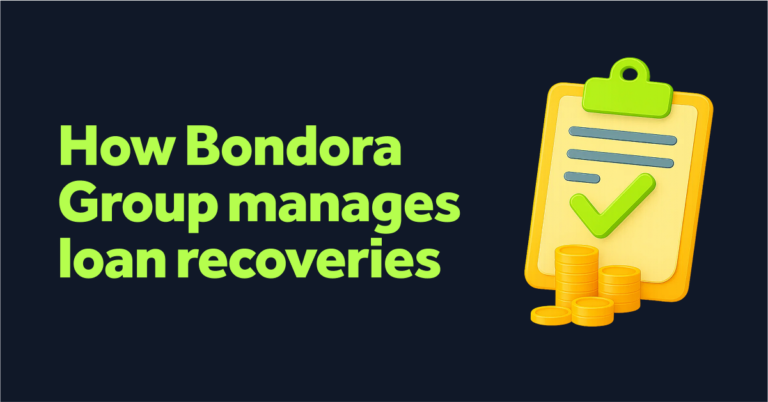The Bondora secondary market has become a useful tool for investors looking to liquidate their portfolio before maturity. In our previous post, an eagle-eyed investor identified an anomaly which helped us identify an error in the data of the amount of manual purchases of current loans achieved at a discount. The error has been fixed, and as a result, the percentage changes may be slightly higher than usual (compared to previous months).
The total volume of transactions on the Bondora secondary market totaled €835,594 in January, a sizable 29% decrease over December 2018. The entirety of this decrease was seen in manual purchases which were down 56% compared to the previous month, totaling only €323,843 (for the reasons mentioned above). Meanwhile, API and portfolio manager purchases on the secondary market increased in January, by 6% and 15% respectively.

Current Loans
Current loans represent the lion’s share of total secondary market purchases, totaling €759,656 on the month, more than 90% of all secondary market transactions. A higher rate of current loans purchased manually and via API were done at a premium, possibly pointing to better-performing loans across the platform or higher demand from investors.

Overdue Loans
Transactions on overdue loans dropped by almost half on the month. Yet, an interesting increase in overdue loans purchased at par value can be seen by manual investors. Once again, this signals faith investors have for such loans to perform better than expected in the future. The amount of loans purchased via API was once again negligible, while portfolio manager purchases continue to be non-existent for overdue loans.

Defaulted Loans
The biggest month over month drop in secondary market transactions was felt in defaulted loans. All told, defaulted loan transactions dropped 85% on the month to €42,124. Such loans carry the highest risk value, and most investors won’t be interested in purchasing defaulted loans unless they receive a steep discount to par value. It can be hypothesized that defaulted loan purchases were much higher last month when investors were willing to sell defaulted loans at a better discounted rate compared to this month.

The Holidays are Over
The secondary market for Bondora loans saw an uptick at the end of last year, giving investors plenty of opportunities to buy and sell loans on the open market. However, January saw a contracted secondary market, which possibly is more representative of what it will look like moving forward.
As always, investing in the secondary market can be risky, and you should always learn as much as possible before attempting to buy and sell loans on the secondary market. Investors should not look to ensure higher returns from buying and selling loans on the Bondora secondary market.
You can learn more about the Bondora secondary market here, or contact an experienced Investor Relations Associate at investor@bondora.com.


